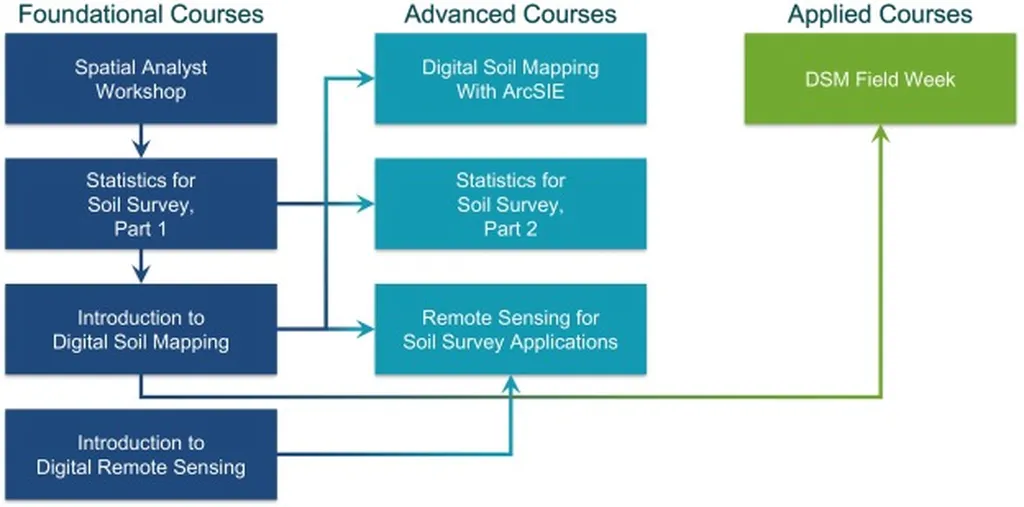The USDA has recently predicted a 30% increase in digital soil survey map usage for precision agriculture by 2026, a trend that underscores the growing importance of soil data in modern farming practices. This projection comes as no surprise, given the rapid advancements in agritech and the increasing need for sustainable, data-driven approaches to agriculture.
Soil survey websites have evolved significantly over the past decade, transitioning from static, paper-based maps to dynamic, interactive platforms that integrate a wealth of data. These platforms now offer detailed soil classifications, including pH levels, texture, nutrient content, and erosion risk, all accessible through user-friendly interfaces. The USDA’s Web Soil Survey (WSS) stands out as a gold standard, providing extensive soil data that is regularly updated with real-time satellite, drone, and sensor information. This data is invaluable for farmers, agronomists, and land managers, enabling them to make informed decisions about crop selection, irrigation, and soil conservation.
The integration of artificial intelligence (AI) and real-time data into soil survey platforms is one of the key trends driving this growth. AI algorithms can analyze historical soil data, weather patterns, and yield trends to predict future soil health and potential risks. Real-time data from satellites and in-field sensors further enhance the accuracy and timeliness of soil maps, allowing for dynamic updates that reflect seasonal changes and field conditions. Additionally, the development of open APIs and mobile-compatible interfaces has made soil survey data more accessible and actionable for a broader range of users, from individual farmers to large-scale agricultural enterprises.
The implications of this increased usage of digital soil survey maps are far-reaching. Precision agriculture, which relies on detailed soil data to optimize crop selection, input usage, and sustainable yields, stands to benefit significantly. Farmers can tailor their practices to the specific needs of their soil, reducing waste and improving efficiency. Moreover, soil survey data plays a crucial role in risk management and insurance, helping to assess land risk and ensure fair premiums. In forestry and conservation, soil maps aid in ecosystem restoration and sustainable land management.
As we look toward 2026, the continued integration of AI, real-time data, and advanced analytics into soil survey platforms will further enhance their utility. The USDA’s WSS and other innovative platforms like Farmonaut are at the forefront of this transformation, driving the adoption of precision agriculture and sustainable land management practices. With the projected 30% increase in usage, the agricultural sector is poised to leverage soil data more effectively, ultimately contributing to more productive, resilient, and environmentally friendly farming practices.

